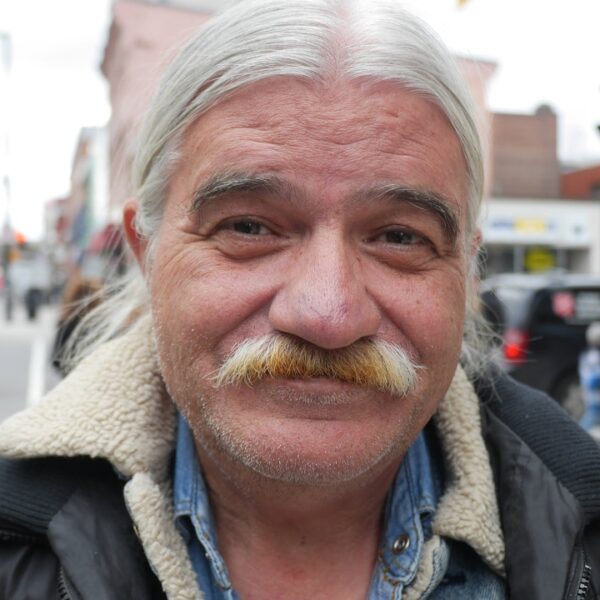As November rounds the corner, many people Indigenous to the United States will protest the Thanksgiving holiday. They will mourn the millions massacred in vicious land grabs that continue plaguing tribal lands. Regardless of whether you mourn alongside them or lament upon the passing of previous nations, one thing is clear. These centuries-old actions have given way to modern-day inequities. The proof of this is in the numbers.
When you think about homelessness, what picture immediately enters your mind? Is it one of a wheelchair-bound war veteran wandering from street corner to street corner, amputated and alone? Is it one of a domestic violence victim seeking change for her children and her life?
Both of these instances are much more likely than the stereotypical image of a dicey drug addict or maniacal psychopath the media all-too-often tries to paint.
However, there is one situation superseding all of these from a statistical standpoint. Incidentally, it’s the least mentioned of all – homelessness amongst Indigenous People.
In Minnesota, Indigenous People are 26 Times More Likely to Experience Homelessness than Their White Peers
The Greater Twin Cities United Way strives to address the growing homeless crisis in Minnesota, which has already increased by 10% in the past five years. This research was brought to light via the data they have available. Like most data regarding Indigenous homelessness, it is limited, perhaps even intentionally so.
Their website speaks of two prominent nonprofit organizations tasked with providing a safe, stable path to housing for Indigenous People.
The first of these is the Minnesota Indian Women’s Resource Center, located in the Phillips region of Minneapolis. Under the acronym of MIWRC, this nonprofit currently boasts 14 Section 8 apartments in addition to mental health and cultural-based services.
The second entity, known as the Ain Dah Yung Center, provides emergency shelter and culturally-driven services for Native American individuals between the ages of 16 and 24 who are vulnerable to the desolate state of homelessness. Their programs include:
- Zhawenimaa- which is specifically for the victims of human trafficking, trauma, and sexual exploitation
- General emergency shelter for unaccompanied youth of Native American heritage
- Youth lodging for individuals between the ages of 16 and 21
- Permanent supportive housing for 18 to 24-year-olds
- After school homeless prevention programs
- Street outreach
- General support and social services
The Road to Recovery is Long and Scattered
It is difficult to imagine homeless Native American children robbed of their rights and culture, trafficked, missing, and murdered. The harsh reality is that things of this nature are happening at astronomical rates.
The data shows what the nation wishes not to say aloud. The clatter of casualties from genocide and territorial acquisition echo out nationwide in real-time, not just history books. The Wall of Forgotten Natives resurfaces again and again as makeshift shelters line city streets with truths we’ve tried so desperately to ignore.
In Terms of Homelessness, Indigenous People Face Unique Obstacles and Pitfalls
Across all cultures, ethnic identities, ages, genders, and traditions, the leading cause of homelessness continues to be a lack of affordable housing. In addition to this, Indigenous People also suffer from:
- A justified lack of trust for American authority figures who may wish to provide services
- Political overlapping of laws, rights, and policies
- Inability to access system resources due to cultural and language barriers
- Lack of photo identification
- Inflated rates of incarceration exceeding the non-Native population by 38%
- Crippling poverty in tribal communities
Information is Power. This Community Needs More of It.
A brief overview of currently available services shows a growing support system for Indigenous women and children experiencing or vulnerable to homelessness. Still, much more needs to be done, particularly regarding the homelessness of adult males of Native American heritage and family homelessness across Indigenous communities.
There has not been enough data released to determine this one way or another. However, if Indigenous homelessness mimics other cultures experiencing homelessness in the United States, then the population is likely overwhelmingly adult and male. Resources that cater to youth and women are vital to homelessness reduction. Still, suppose homeless adult men have nowhere to go. In that case, we will never be able to end any form of homelessness- from Indigenous homelessness to veteran homelessness, from family homelessness to senior homelessness.
At this stage in the crisis, we should have much more statistical information on the impact and prevalence of Native American homelessness. This lack of information is equally unsettling, for it is near impossible to solve a crisis without all or most of the facts.













